COVID-19 alters scouting, creating innovative recruitment services
Junior Weslyn Brown practices soccer after school on September 17. Brown has been reaching out to college coaches for recruitment for several months now.
In the midst of the global pandemic, student athletes have had to find unique ways to share their skills with college coaches through social media platforms.
Senior Paige Patrick committed to play volleyball for Newberry College during the pandemic Patrick currently plays on the varsity volleyball team. With the pandemic, students have been struggling to find ways for coaches to see them play.
“There [were] a lot of tears and a lot of uncertainty when COVID-19 hit,” Patrick said. “[Coaches] obviously couldn’t come to your tournaments because you weren’t having any, so they were going solely off of film, and film only gets you so far with a coach.”
College coaches must abide by a “dead period,” during this time; they may not watch or meet with student athletes in-person. Junior Weslyn Brown plays on the club soccer team Sting Royal U17 ECNL, as well as the Hebron girls team, so the extension of the dead period for soccer has made recruitment difficult.
“Because of [COVID-19], [the National Collegiate Athletic Association] has extended the dead period to the end of this month—they have extended it three or four times.” Brown said. “They can’t come watch us in person, so video is going to be a really big way of recruiting. Because of all of the travel restrictions, there are a lot of states that aren’t playing games, so our coaches are telling us [to] send video because a lot of girls in my age group are going to be recruited based off of video mostly.”
The LISD athletic departments use the service Hudl to post videos of their athletes to share with universities.
“We have film on Hudl, so the kids can get our film and pull [clips] together and make their own video for recruitment,” volleyball coach Karin Keeney said. “[The kids’] club coaches help tremendously;, the club scene is huge for recruitment because as a college coach I can come to one location and watch 4,000 [or] 5,000 players in one spot. The spring semester is a [heavy] recruitment time for volleyball players.”
College coaches’ preoccupation with the uncertainty COVID-19 has caused for their college teams has taken their attention away from recruiting high school athletes.
“I’m sending out emails to coaches [saying] ‘this is me, these are my stats, this is what I play, this is the team I play for, this is where I’m going to be playing’ because of everything that’s going on right now,” Brown said. “College coaches are dealing with their teams and their games are getting postponed and cancelled and so everything is really set back. For me they’re sending emails back [saying] ‘thank you for your interest, but everything is being pushed back right now, please be patient, the recruiting is going to be a little different this year.’”
Keeney said volleyball players focus their freshmen year on making a team, then coaches recommend they start looking at schools their sophomore year. By their junior year, Keeney works with students to decide what they are looking for in a school and helps them to get involved in the recruitment process.
“I love when my kids play at the next level,” Keeney said. “I don’t care what level it is, the fact that they’re passionate enough to want to play. My advice to the kids is don’t panic. I think kids have those dreams of the big Division I, everybody wants to go to the big name school, but personally, I just want them to play. If they want that opportunity, there’s a school out there for them, and they should get that opportunity to go play.”
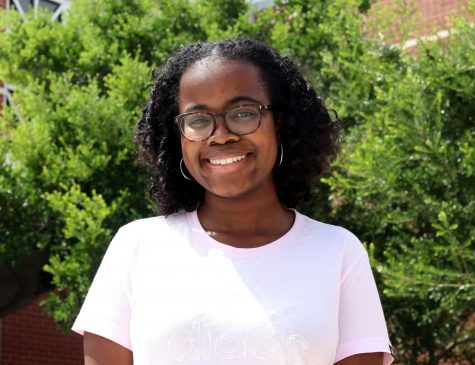
Senior Katherine Parker is the managing editor and this is her second year on staff. She loves journaling and spending time outdoors. In her free time,...



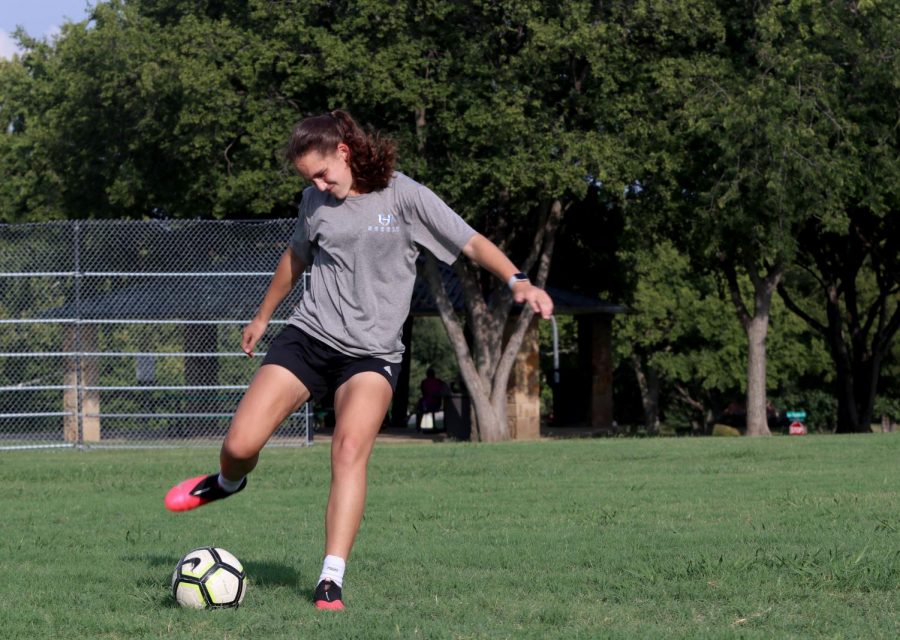
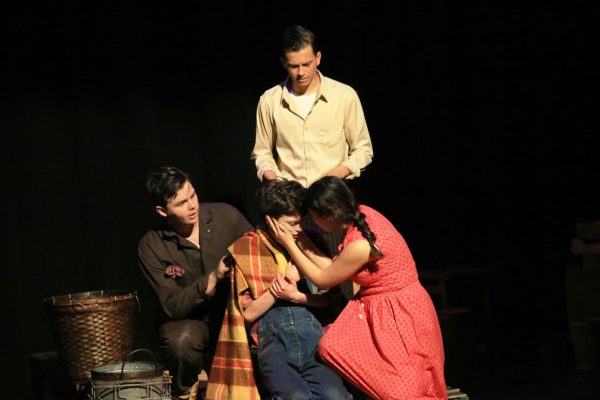
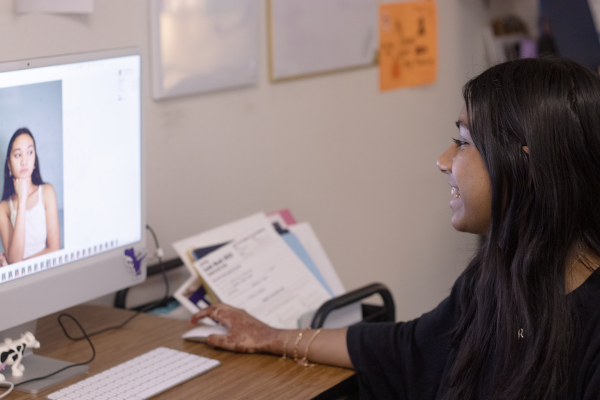
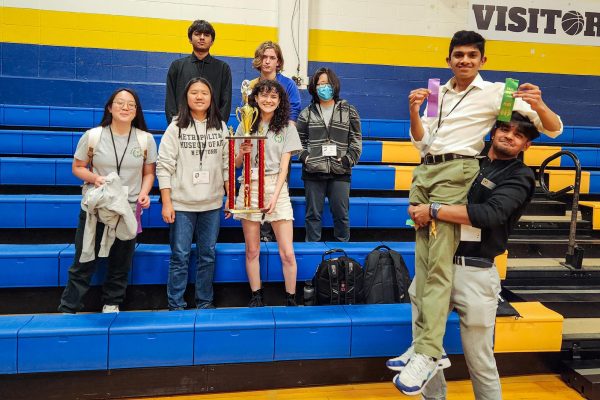
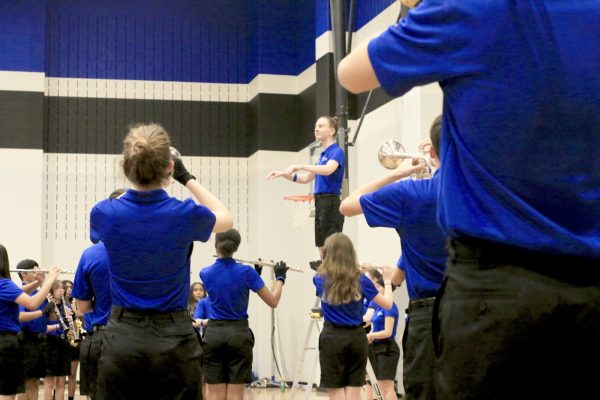
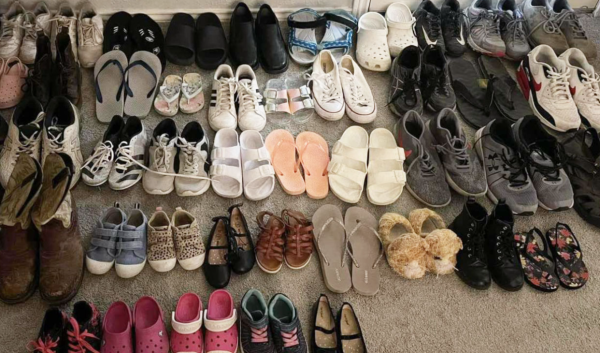
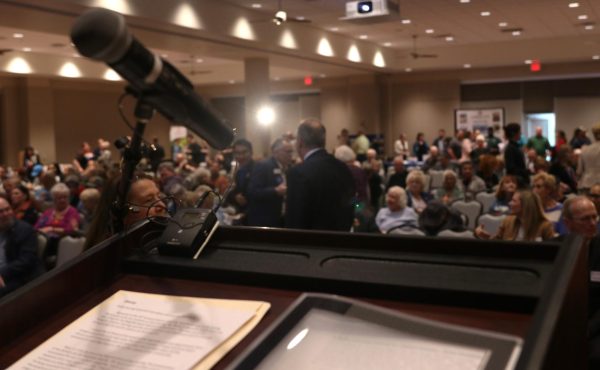
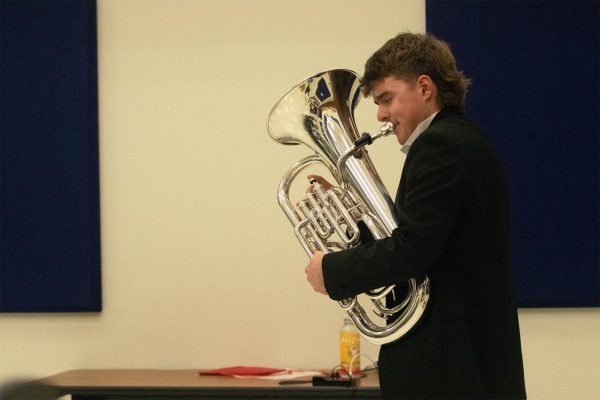
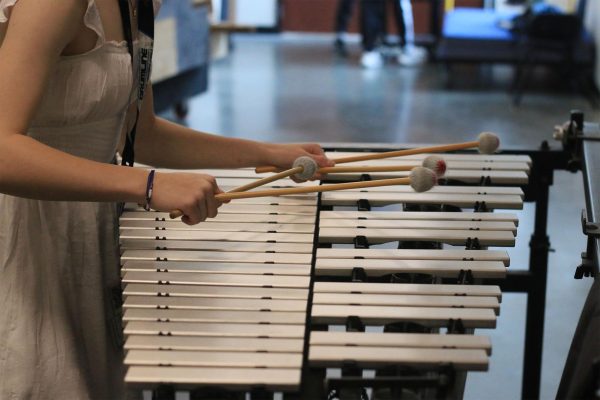
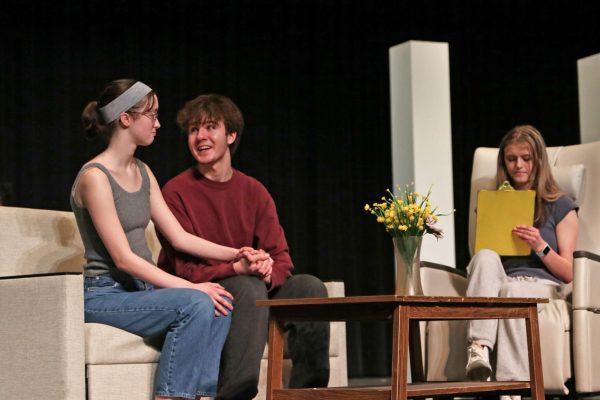
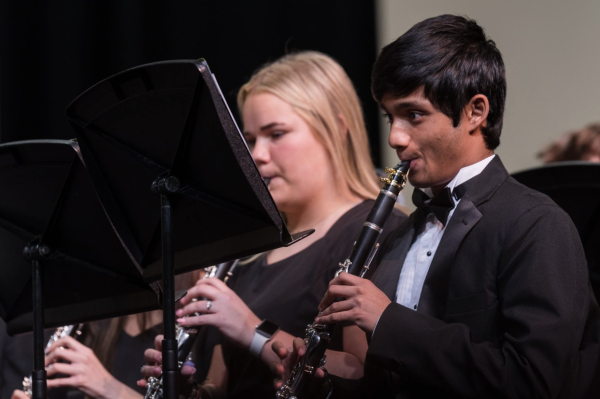
Brooke English • Oct 22, 2020 at 5:30 PM
Thanks for this story, Malley. I like that you portrayed what’s happening on both ends of the recruiting process.
All this mess makes one wonder if colleges will halt recruiting, since their seasons are up in the air.
Sounds like a great opportunity for videographers, though.
Some high quality footage with some cool music…